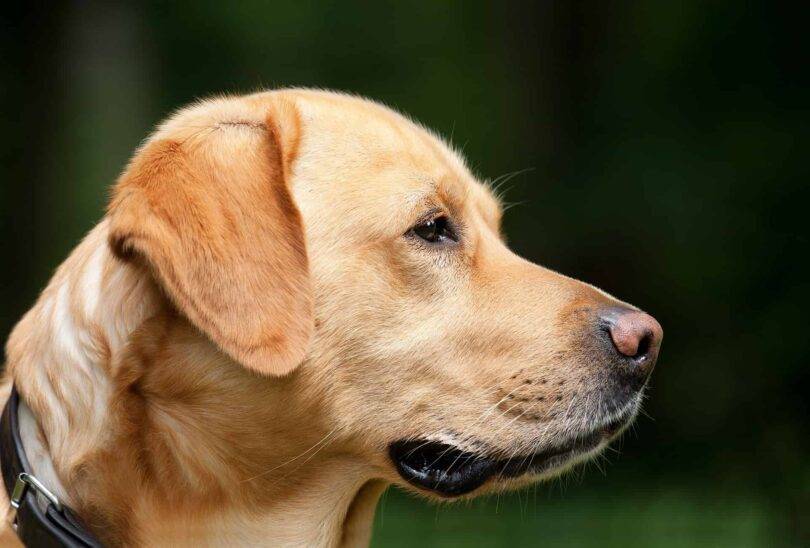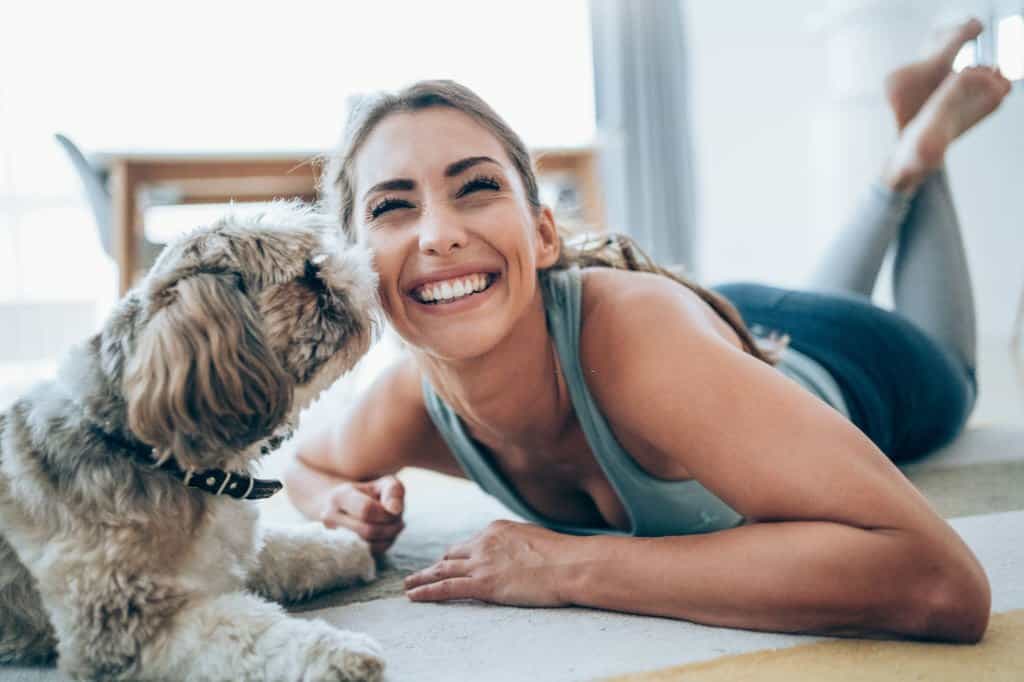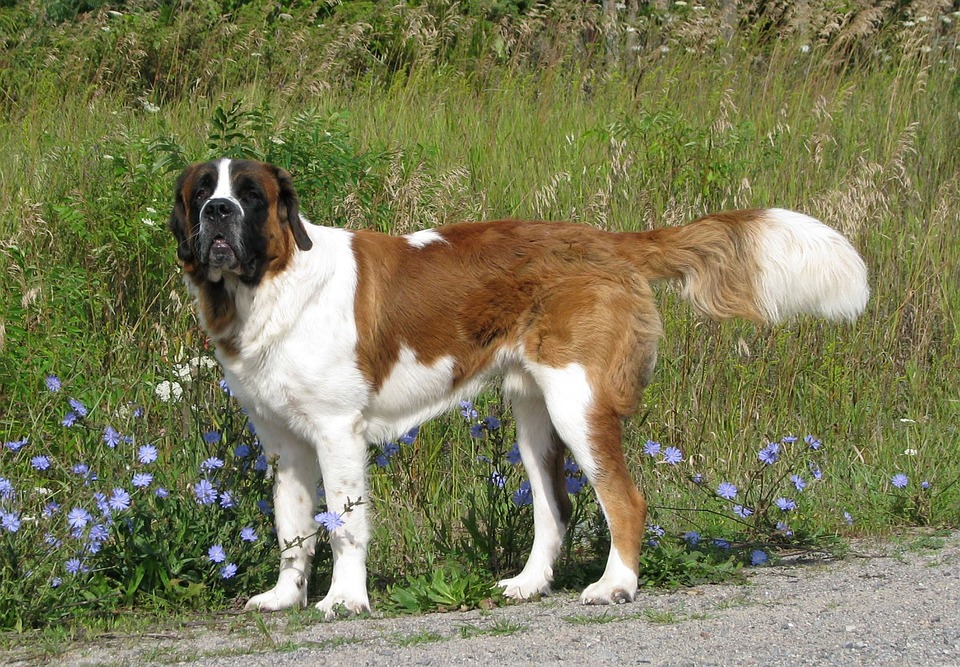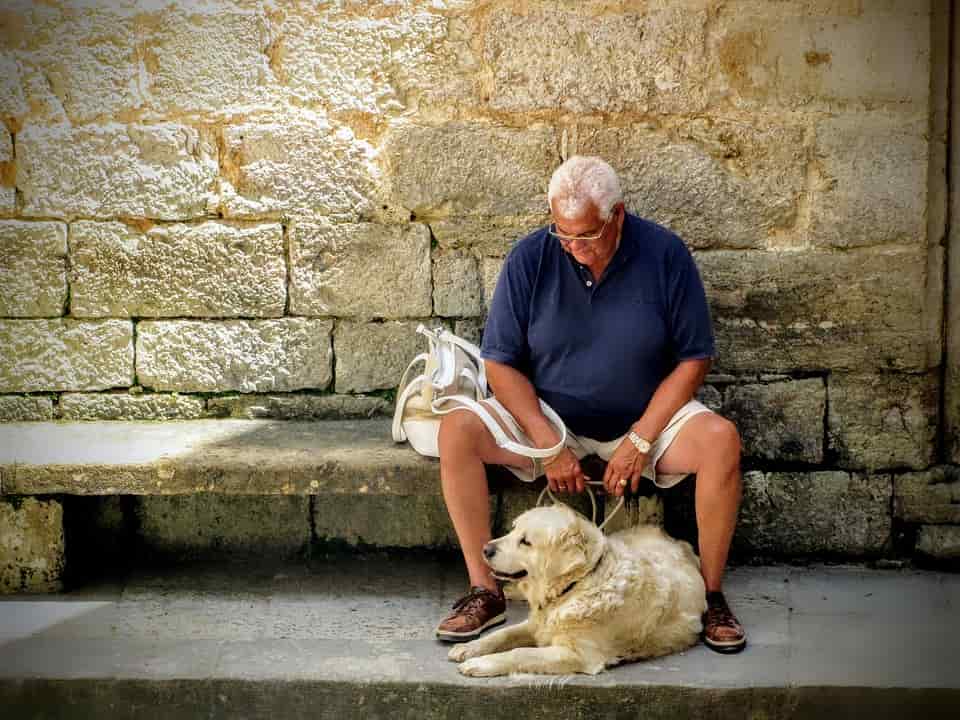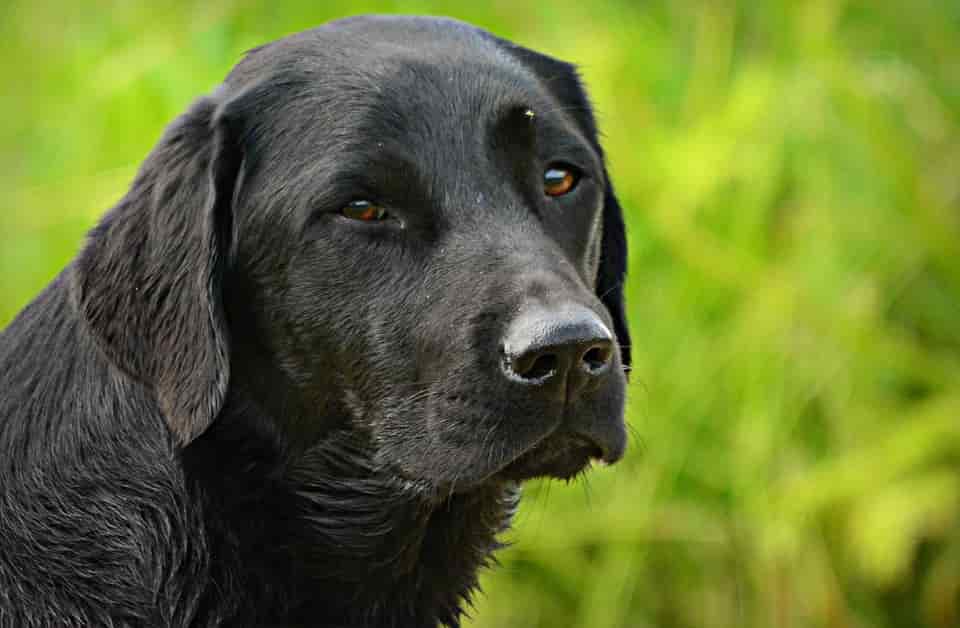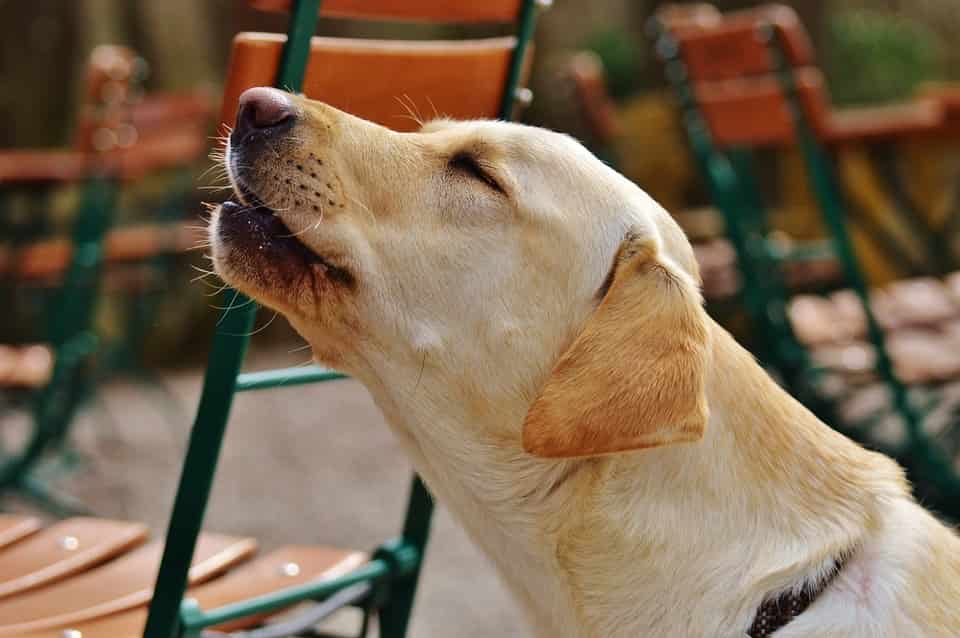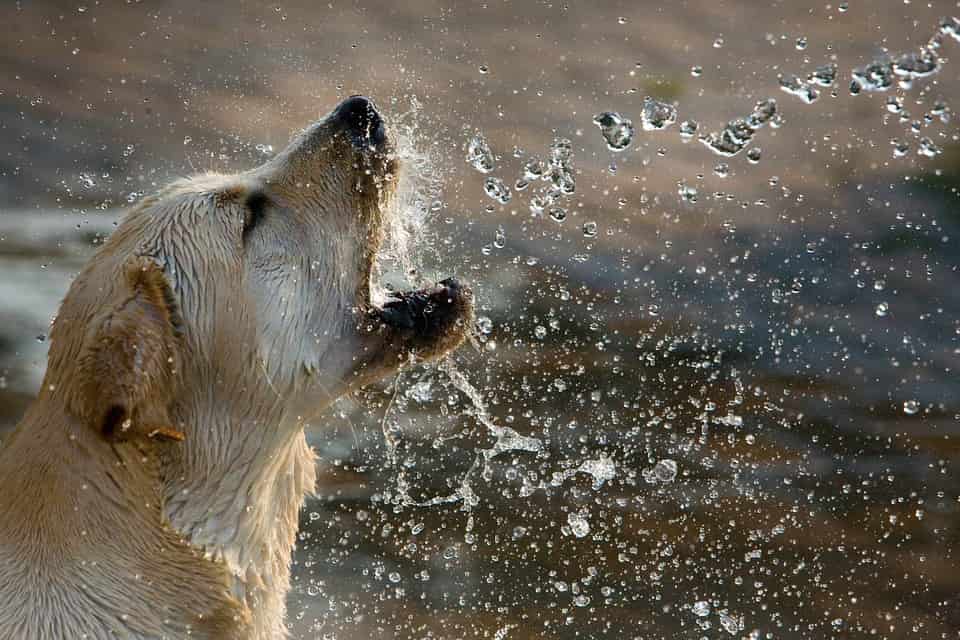the lab is a very recognizable breed and everyone probably has at least some basic idea of what a labrador should look like in this appearance deep dive we will take an in-depth look into the labyril’s appearance to find out what physical traits that brees should have and what some faults might be according to the standard.
let’s first take a quick look at the breed standard for the labrador to start us off we will just touch on some of the main highlights of what to look for and what to expect with this breed the lab should be a medium-sized dog that should be athletic and have a balanced build they shouldn’t be overly muscled or too slender they stray away from that athlete visualization males can be anywhere from 22 inches tall to 24 inches tall and weigh from 65 to 80 pounds pictures should be anywhere from 21 to 23 inches tall and weigh anywhere from 50 to 70 pounds the labrador’s head should be well developed and not have any excess skin like large flappy cheeks large wrinkles under the eyes or loose lips the overall head should take on a wedge shape and their muzzle should fall somewhere in the middle they’re not overly long and slender nor short and very wide.
the lab’s eyes should be on the larger side and their gaze should be a friendly one their eyes can come in black or brown and yellow coloured labs or brown or hazel in chocolate coloured labs the eyelid should also have pigment with black and yellow labs having black eyelids and brown eyelids for chocolates the tail is one of the breeze main features and is a pretty big consideration in the standard the standard calls for an otter like tail which should be thicker in the base and tapered down gradually to the tip of the tail the tail should also be of a medium length and look in proportion to the dog’s body faulting breeze might not matter to some as it doesn’t determine the dog’s personality but if you’re looking to get a lab from a breeder knowing what the faults are for a breed and recognizing them can help you pick a good breeder as if a breeder’s spreading stock is mostly outer standard for the breed it could be a red flag the most common fault in the breed is straying from the size requirements dogs that are too large or too small might have a tough time completing the originally bred tasks and helps them remain distinct again the tail of a lab is a big deal so tails that curl or are too long or too short or consider severe faults within the breed any choppy movement in the dog’s gate is a serious fault and is usually a sign that something in that individual is not exactly right structurally and something is disproportionate pink or faded nose colours are also considered false and undesirable in the breed.
and lastly eyelids that are pink and don’t have any pigments are another fault for the breed the lab comes in three main colors yellow black and chocolate a small white spot on the test is acceptable on the black lab but is not considered desirable labs do also come in other colors such as red which is actually an accepted colour according to the breeze standard as it’s considered yellow as opposed to the red that it appears there are also silver labs out there these labs are a variation of the chocolate colour created by a chocolate lab is born with two recessive jeans unlike the red lab this colour is not accepted within the standard and causes some controversy as two recessive genes especially when they’re reproduced repeatedly can cause some unintended and possibly negative consequences lastly labs can also come in brindle again this is a colour that is not accepted by the breed standard while a brindle pattern is possible in a purebred lab it is rare and can sometimes point to the dog being of mixed breeds hence the controversy over it.

